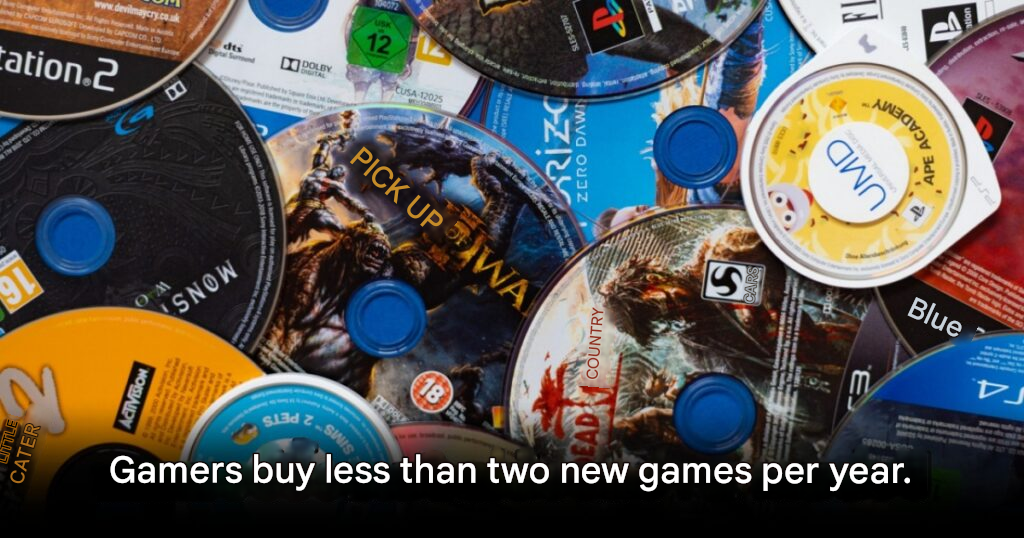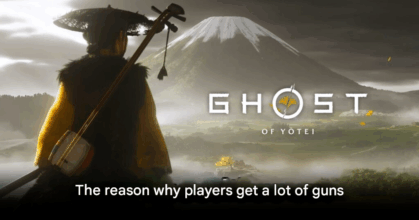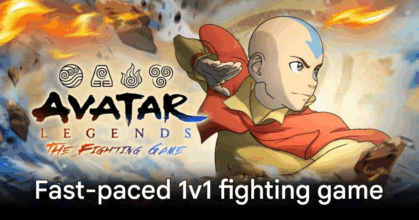Over 60% of US Gamers Buy Fewer Than 2 New Games Per Year – Market Now Driven by “Hyper Enthusiasts”

Over 60% of US Gamers Buy Fewer Than 2 New Games Per Year
The industry now thrives thanks to big spenders known as “Hyper Enthusiasts.”
In an age where new games launch nearly every week, you might assume players are constantly buying new titles — but recent research tells a different story. According to Circana’s Future of Video Games (Q3 2025) report, over 60% of American gamers purchase fewer than two new games per year, while only 14% buy at least one new game each month.
This shift highlights a clear divide in the gaming market: while most players are spending less, a smaller but more passionate group — dubbed “Hyper Enthusiasts” — now drives much of the industry’s revenue.
Analyst Mat Piscatella points to several factors behind the decline:
- Economic caution — players are spending more carefully amid rising costs.
- The dominance of long-term live games such as Fortnite, Roblox, and Genshin Impact, which provide endless content without needing to buy new titles.
- Free-to-play models with microtransactions, which keep players engaged without upfront costs.
As a result, many gamers prefer to invest their time (and money) in existing live-service titles rather than paying full price for new releases.
Despite fewer overall buyers, the market remains strong thanks to Hyper Enthusiasts — players willing to pay premium prices for every major release, special edition, or high-end accessory. Piscatella explains:
“The reason we still see premium controllers, pro consoles, and expensive collector’s editions succeed is because of high-income players who don’t hesitate to spend — even as the average gamer shifts toward free games.”
Industry Impact
Major companies have adjusted their strategies accordingly. For example, Sony now earns more revenue from in-game purchases (microtransactions) than from full game sales — a clear sign that the industry’s focus has shifted toward live service models that sustain player engagement and long-term profits.
As the gaming landscape evolves, it’s clear that the passion (and wallets) of Hyper Enthusiasts are what keep the market thriving — even as the average gamer hits pause on new purchases.
origin: pushsquare






